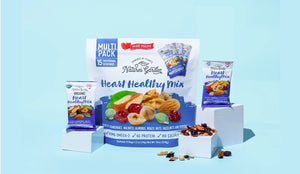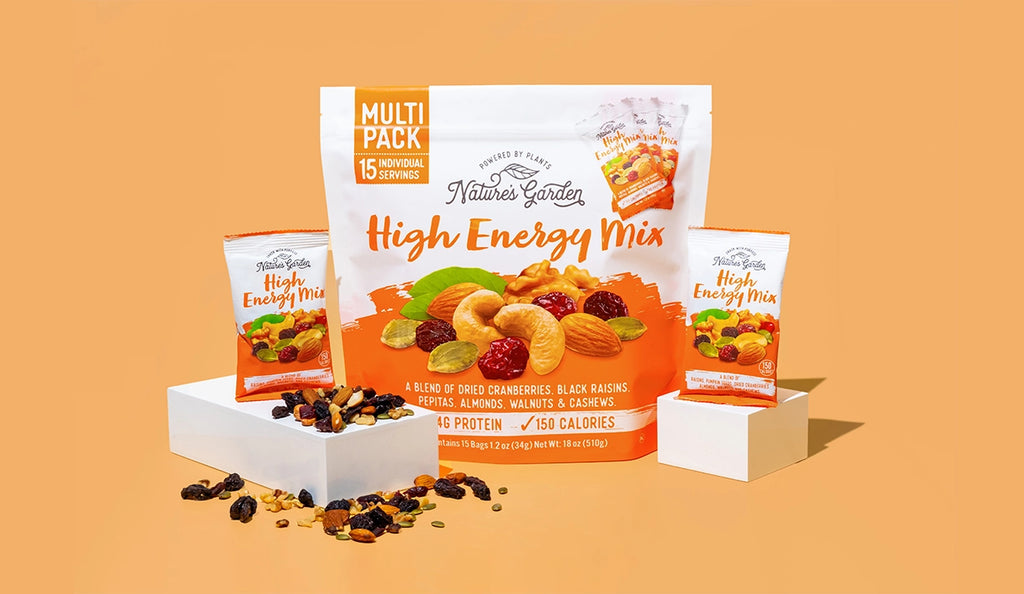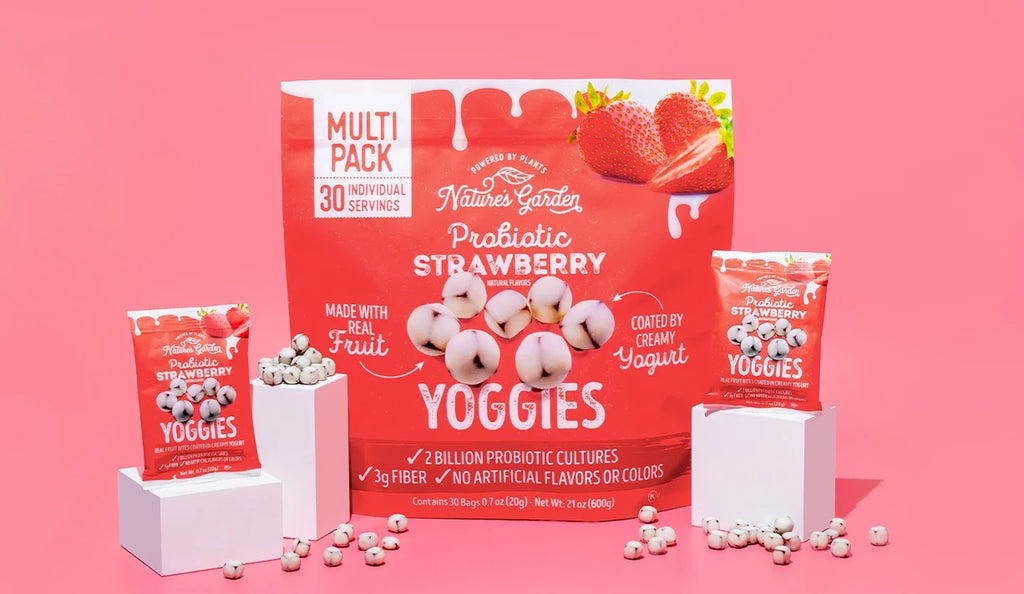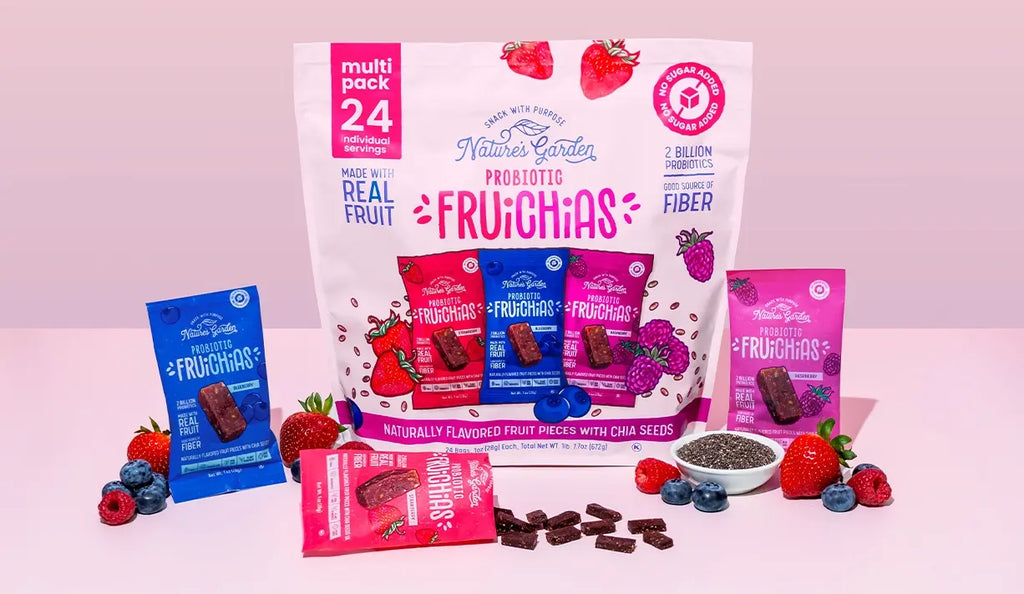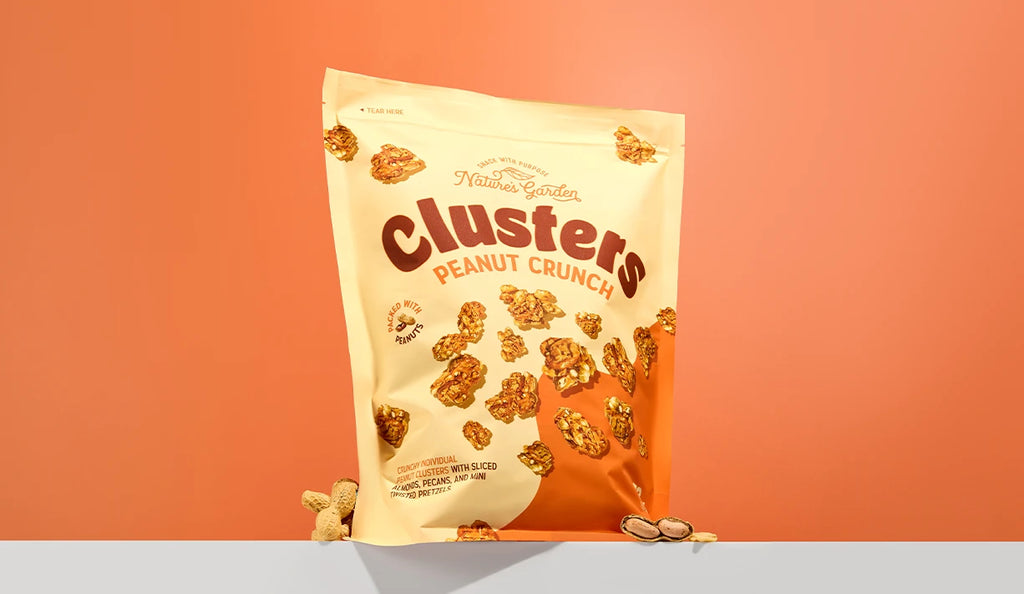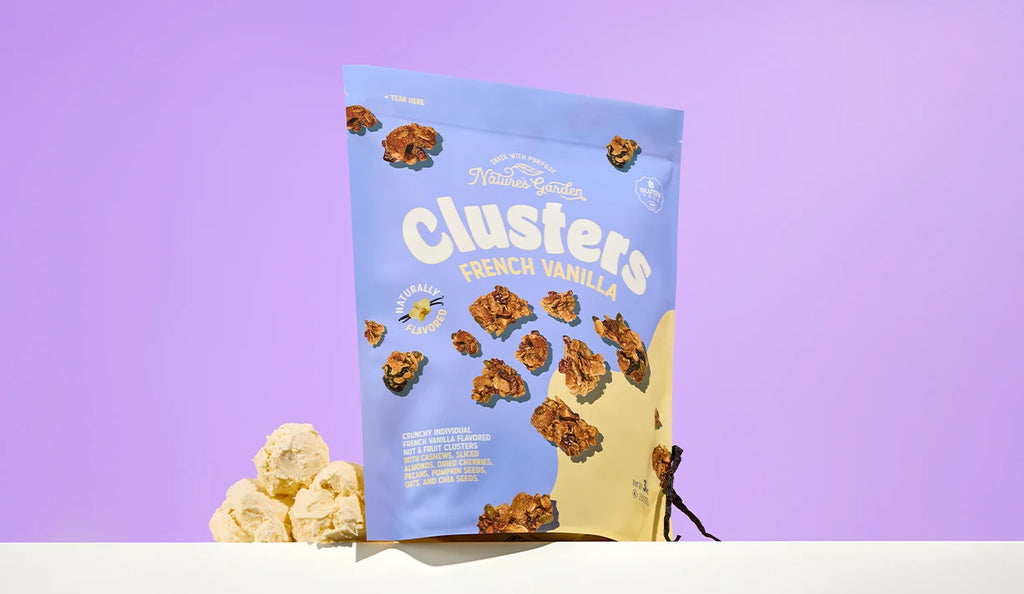Blood pressure is one of those health metrics that tells an accurate story about your overall health. It is, “the pressure of blood on the walls of your arteries as your heart pumps blood around your body,” noted by the Victorian Department of Health in Australia. Your blood pressure if highest when your heart beats and is pumping blood, and your blood pressure falls when it is at rest, between beats. What’s interesting is that high blood pressure usually has no symptoms but begins to be more of a concern for people around their mid-forties. Luckily, there’s plenty of ways to manage your blood pressure, including being selective about the foods you eat. Some of the best choices are increasing the number of fruits and veggies you eat like leafy greens and berries, or picking the nuts and seeds that best combat risks like rises in heart rate and are high in healthy fats. Nature’s Garden offers a variety of premier choices, but the Heart Healthy Mix and the Omega-3 Deluxe Mix are the perfect additions for you, if you’re looking for new options that have some of the best ingredients to help manage your blood pressure.
What are the Best Foods for High Blood Pressure?
Trying to manage your blood pressure through diet involves actively choosing foods that are known to lower blood pressure, while maintaining a balanced, nutritious diet, and also reducing the foods that can increase your blood pressure. Some dietary tips and target foods that can help manage blood pressure are:
- Whole Grains: Whole grains are always a great source of fiber and nutrients including oats, wheat bread, pasta, and brown rice.
- Fruits and vegetables: Leafy greens, berries, bananas, and citrus fruit all bring something special to the table. Leafy greens are rich in potassium, like bananas that help balance sodium levels while reducing blood pressure. Berries are high in antioxidants known as flavonoids that help lower blood pressure, and citrus fruits are known for having vitamin C and other compounds that help lower blood pressure.
- Legumes and Beans: Lentils, chickpeas, and black beans are all high in fiber and potassium which help manage blood pressure levels.
- Low-Fat Dairy: Milk and yogurt that are low-fat or fat-free are great sources of calcium and vitamin D, which are integral in controlling blood pressure.
- Healthy Fats: Avocados are rich in potassium and healthy fats, which help manage blood pressure while olive oil contains additional healthy fats and polyphenols that can help reduce blood pressure.
- Fish and Lean Proteins: Fatty fish like salmon and trout are full of omega-3 fatty acids, which help to lower blood pressure.
- Dark Chocolate: Dark chocolate in moderation can improve blood vessel function and lower blood pressure because of its presence of flavonoids.
What are the Best Nuts for Blood Pressure?
Nuts and seeds are some of the best foods that can contribute to managing blood pressure, primarily pistachios, almonds, and flaxseeds. Pistachios can reduce peripheral vascular resistance or blood vessel tightening and lower heart rate, both of which help reduce blood pressure. Almonds on another note are a good source of healthy fats and magnesium with both benefit blood pressure regulation. Flaxseeds can also help lower blood pressure because of their high content of omega-3s and fiber.
What are the Worst Foods to Eat with High Blood Pressure?
Some of the foods to actively avoid when trying to lower your blood pressure are:
- Sugary Foods and Drinks
- High-Sodium Foods like
- Too much processed and red meats
- Alcohol and caffeine
All of these have an evident, negative effect on your body for different reasons, whether they are high in sodium, contribute to weight gain, cause spikes in blood sugar and blood pressure levels, have a lot of unhealthy fats, and more. It’s important to try and limit these or even completely eliminate them from our lives, as their negatives far outweigh their temporary enjoyment. According to the National Heart, Lung, and Blood Institute, they say that in order to control or lower high blood pressure, or hypertension, that “your healthcare provider may recommend that you adopt a heart-healthy lifestyle that includes:
- Choosing a heart-healthy dietary pattern and foods such as those in the DASH eating plan, the Dietary Guidelines for Americans, or the Mediterranean eating pattern. The DASH plan stands for Dietary Approaches to Stop Hypertension and includes many of the notes we touched on above and provides daily and weekly nutritional goals.
- Being physically active and reducing sedentary behavior
- Losing weight for people with overweight or obesity
- Quitting smoking
- Reducing stress
- Getting enough good quality sleep
What are the Risks of High Blood Pressure and How is it Treated?
Blood pressure is an increasingly important health metric to pay attention to throughout our lives and is a good baseline for our overall health. The systolic pressure, or pressure when your heart is beating is read over the diastolic pressure or number equivalent to the pressure of your blood between heart beats. A general baseline of a good blood pressure reading is 120 / 80. There are a number of risks that coincide with either of those levels being raised and they are heart disease, strokes, kidney damage, vision loss, cognitive decline, and several others. There are some medicines that can help combat high blood pressure, but ultimately heart-healthy lifestyle changes provide the most impact. It’s important to regularly monitor your blood pressure and attend a regular check-up with a professional to continue monitoring blood pressure levels and address any concerns when needed. When making your dietary changes or if you’re being a proactive, health-conscious eater, check out Nature’s Garden and the variety of solutions to your healthy snack gaps here!
